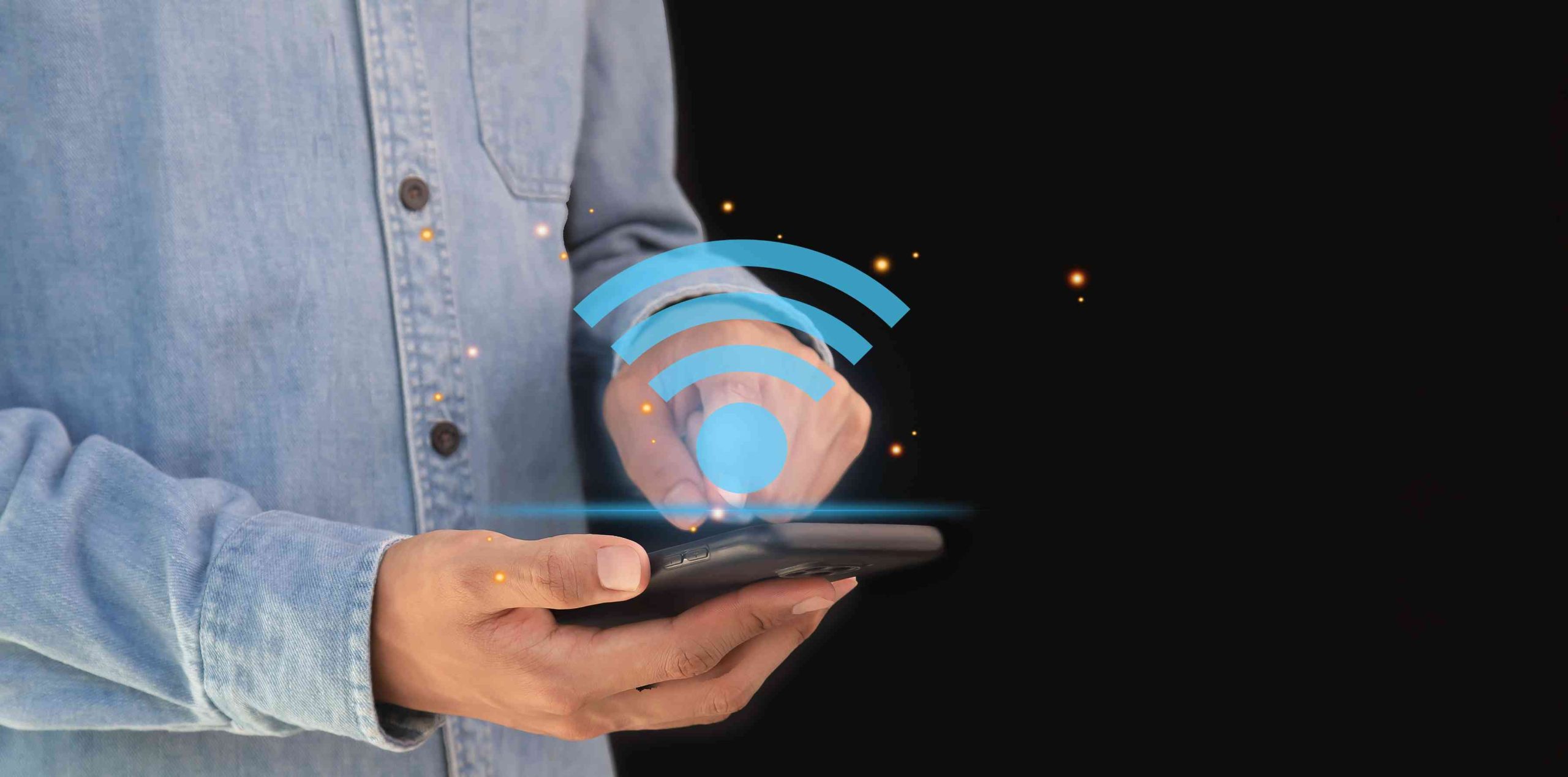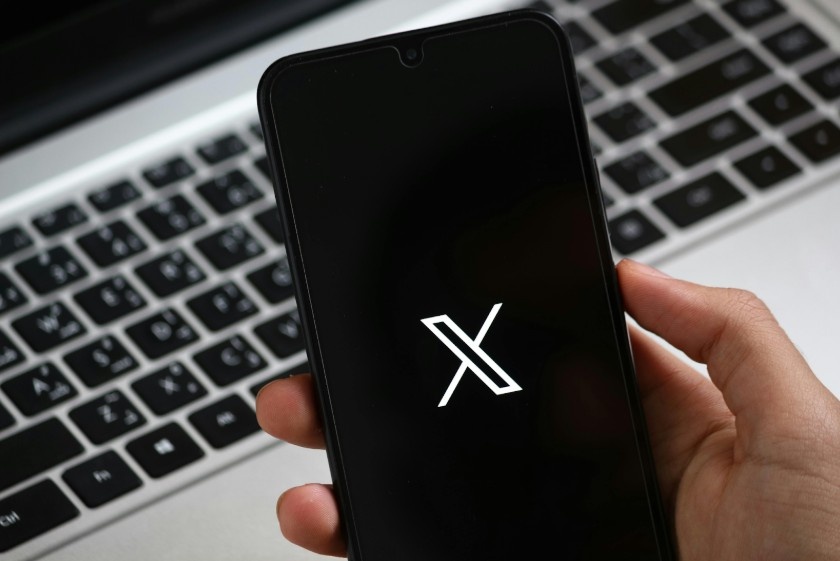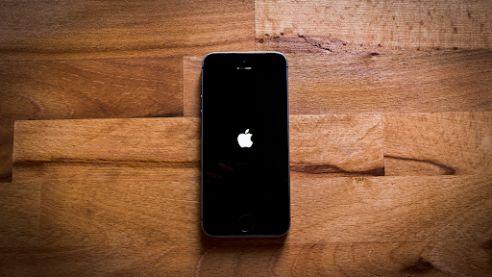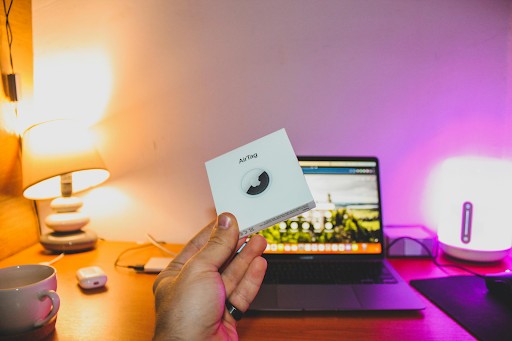It’s easy to take technology for granted. You buy a shiny new gadget, plug it in, hit a few buttons—and bam! you’re scrolling through memes, streaming movies, or syncing smart light bulbs to change colors with your mood. But have you ever stopped to ask: which of the following best explains what happens when a new device is connected to the internet?
Spoiler alert: it’s more than just fairy dust and Wi-Fi waves.
In this article, we’ll break down the real steps behind your device’s dramatic debut on the world wide web. Whether you’re a curious user, a digital native, or a parent wondering why your smart fridge needs Wi-Fi access (why though?), we’ve got answers that are equal parts fun, geeky, and wildly useful.
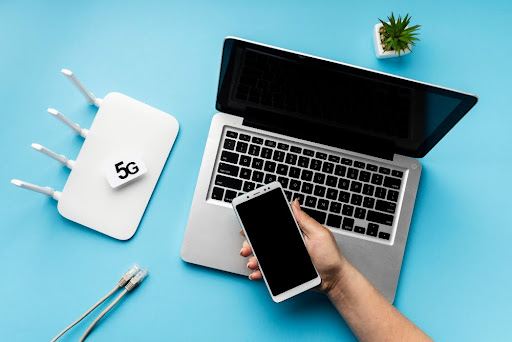
First Things First: What Does “Connecting to the Internet” Actually Mean?
When we ask “which of the following best explains what happens when a new device is connected to the internet?”, we’re looking for more than just a surface-level answer like “It gets online.” Let’s dig deeper.
To connect to the internet means your device becomes part of a massive global network. It can now send and receive data from servers around the world. Think of it like getting your passport stamped and entering an always-buzzing international city made of 1s and 0s.
How Does a New Device Establish an Internet Connection?
When a new device connects to the internet, the first step is to connect to a local network, typically through Wi-Fi or a wired Ethernet connection. Once connected, the device communicates with the router to obtain an IP address via the Dynamic Host Configuration Protocol (DHCP).
This IP address serves as a unique identifier for the device on the network, allowing it to send and receive data. The device can now access the internet by sending requests to servers, which return the requested content.
What Is the Role of an IP Address in Device Connectivity?
An IP address (Internet Protocol address) is crucial for device connectivity. It acts as the device’s unique identifier on a network, allowing it to send and receive data packets. The router assigns the device an IP address, ensuring it can communicate with other devices and servers.
The IP address also enables the routing of data between devices over the internet, allowing the device to access websites, services, or any online content by translating URLs into specific addresses that devices can connect to.
Step-by-Step Breakdown: From Power Button to Full Internet Glory
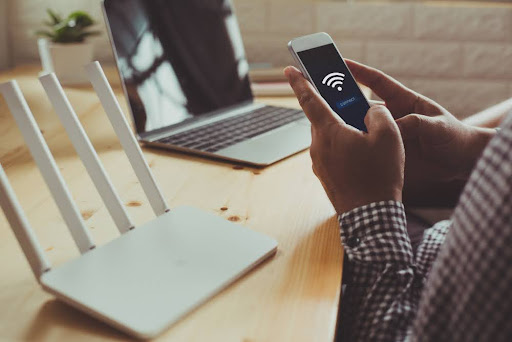
1. IP Address Assignment
As soon as your device connects to a router, the router assigns it an IP address—a unique numerical label that identifies it on the network. Without it, your device wouldn’t know how to communicate with anything.
2. DNS Lookup Begins
Devices are like eager tourists looking for famous landmarks (aka websites). They use the Domain Name System (DNS) to translate website names like www.catvideos.com into IP addresses.
3. Data Packets Get Sent
The device starts sending out little data packets saying “Hey, here’s what I want!” and in return, servers send data packets back—delivering everything from YouTube videos to software updates.
4. Firewall and Security Checks
Modern devices perform internal security checks and often ping cloud services to ensure software is up to date. It’s the device’s version of locking the doors before hosting a party.
5. Cloud Syncing (if enabled)
If your device has a cloud backup or ecosystem (hello, Apple and Google), it may immediately sync with your account—restoring preferences, apps, and even your music playlists.
So if you’re asked, “which of the following best explains what happens when a new device is connected to the internet?”, the correct answer should capture this complex dance of IPs, DNS lookups, data exchange, and cloud syncs.
What Security Measures Are Implemented When a Device Connects to the Internet?
When a device connects to the internet, several security measures are typically implemented to protect the device and its data. These include:
- Encryption: Many devices use encryption protocols (such as HTTPS) to ensure that data exchanged between the device and servers is secure.
- Firewall Protection: Firewalls monitor incoming and outgoing traffic, blocking unauthorized access or malicious activity.
- Software Updates: Devices often check for and install updates to ensure that any known security vulnerabilities are patched.
- Authentication: Devices may require user authentication (passwords, two-factor authentication, etc.) to ensure only authorized users can access certain services or data.
These security measures help protect the device and its network from cyber threats such as malware, hacking, and data breaches.
Why It Matters: More Than Just Convenience
Understanding what happens when a device connects to the internet isn’t just trivia fodder—it’s key to digital literacy in today’s world. Here’s why:
- Cybersecurity Awareness – Knowing your device communicates immediately with external servers helps you understand vulnerabilities.
- Troubleshooting Power – If you know the steps, you can pinpoint where something goes wrong (e.g., bad DNS, no IP).
- Smart Ecosystem Mastery – From smart speakers to wearables, every connected gadget relies on this digital handshake.
- Privacy Protection – The second your device connects, data starts flowing. Knowing what happens helps you take control.
Which of the Following Best Explains What Happens When a New Device is Connected to the Internet?

If you see this question on a test, quiz, or certification exam, look for something like this:
The device is assigned an IP address, establishes a connection with a network, communicates with a DNS server to access online resources, and begins sending and receiving data.
That’s your go-to answer!
And just to cover all bases: Which of the following best explains what happens when a new device is connected to the internet? It’s a whole protocol of networking, address assignment, DNS querying, and data transmission—all wrapped in digital efficiency.
FAQs
1. What happens when a new device connects to the internet?
When a new device connects to the internet, it typically undergoes several steps: obtaining an IP address through DHCP, performing a DNS lookup to resolve domain names, establishing a secure connection, and possibly syncing with cloud services or updating software.
2. Why does my router alert me about a new device connection?
Routers may alert you about new device connections to inform you of any unfamiliar devices accessing your network. This could be due to a legitimate new device or unauthorized access.
3. How can I see which devices are connected to my Wi-Fi?
You can view connected devices by logging into your router’s admin interface, typically accessed through a web browser using the router’s IP address.
4. What should I do if an unknown device connects to my network?
If an unknown device connects to your network, consider changing your Wi-Fi password, enabling MAC address filtering, and reviewing your router’s security settings to prevent unauthorized access.
From Plug-In to Full-On Netizen: What Your Device Does Behind the Scenes
So, which of the following best explains what happens when a new device is connected to the internet? Now you know it’s not just a magic moment—it’s a series of highly organized, lightning-fast steps that make your Netflix binging, email checking, and TikTok scrolling possible.
Next time someone asks, drop that knowledge bomb and watch their eyes widen. You’ve officially graduated from “casual user” to “digital insider.”
Stay curious, stay connected, and remember: Every device you plug in is doing a little handshake with the internet. And now, you know exactly what that means.

